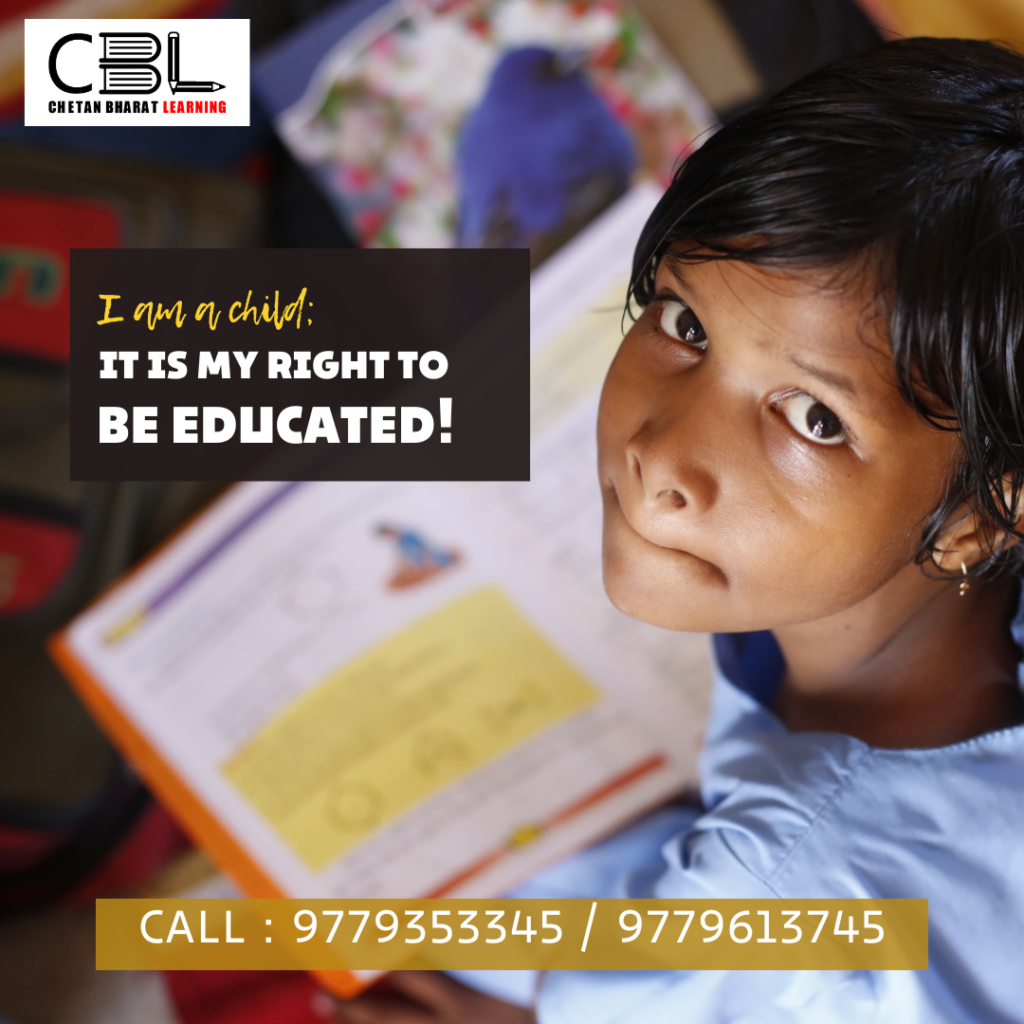
Right to Education Act (RTE) in India: Ensuring Free and Quality Education for All Children
Introduction
The Right to Free and Compulsory Education (RTE) Act, 2009, guarantees every child between the ages of 6 and 14.
The right to free and quality elementary education in a formal school. This act aims to promote universal access to education and bridge the gap in educational opportunities.
Historical Background of RTE Act
- National policy on Education 1986 was reviewed by the Acharya Rammurti Committee in 1990.
- Recommended that the right to education should be included as a fundamental right in part III of the constitution.
- Unnikrishnan JP vs State of Andhra Pradesh & Others (1993) held that Education is a Fundamental right flowing from Article 21.
- Tapas Majumdar Committee (1999) was set up, which encompassed insertion of Article 21A.
Constitutional Mandate of RTE Act
The 86th Constitutional Amendment Act, 2002 inserted Article 21-A (part -iii) in the Constitution of India made right to education as a Fundamental Right.
It came into effect on 1 April 2010.
Key Provisions:
- Right to free and compulsory education
- Ensure compulsory admission, attendance and completion of elementary education to every child in the 6 to 14 age group.
- Provisions for a non-admitted child are to be admitted to an age appropriate class.
- It lays down the norms and standards for Pupil Teacher Ratios (PTRs), buildings and infrastructure, school-working days, teacher-working hours.
- It prohibits physical punishment and mental harassment, screening procedures for admission of children, capitation fee, private tuition by teachers.
- It focuses on child free of fear, trauma and anxiety through a system of child friendly and child centered learning.
- 25% reservation in schools for children from disadvantaged groups or sections of the society, Socially Backward Classes, and children with disability.
Government Initiatives:
- Samagra Shiksha Abhiyan subsumes Sarva Shiksha Abhiyan (SSA), Rashtriya Madhyamik Shiksha Abhiyan (RMSA), and the Centrally Sponsored Scheme on Teacher Education (CSSTE).
- National Education Policy 2020: This policy outlines a comprehensive vision for India’s education system, aiming to improve quality and access.
- Teacher Training and Development: Various programs focus on enhancing the skills and knowledge of teachers.
- ICT Initiatives like DIET, NISHTHA by NCERT, NIPUN Bharat, DTH channels, SHAALA Kosh, DIKSHA Portal etc.
Challenges
There are challenges in promoting an incentive-based system for children’s education. These include:
- Many parents in low-income and marginalized communities may not be fully aware of the long-term benefits of education. This leads to non-prioritizing schooling for their children and engage them in household chores.
- Quality Concerns: Increased access does not guarantee quality. Low awareness about the importance of quality education can hinder progress and accountability.
- Teacher Motivation: Insufficient awareness about the significance of their role can affect teacher motivation and commitment.
- Gender Disparities: Lack of awareness can exacerbate existing gender gaps in education access.
Way Forward:
To address these challenges and ensure the success of the RTE Act, several measures are necessary:
- Collaborations between the government, NGOs, and civil society organizations can raise awareness
- Community Involvement: Actively involving local communities in planning and implementing education policies can foster ownership and commitment.
- Provide adequate training and support to teachers
- Empowering School Management Committees: Empowering these committees can create a more supportive environment for learning.
- Regular Monitoring and Evaluation of the implementation of the RTE Act is crucial to identify gaps and ensure its effectiveness.

Leave a Reply
You must be logged in to post a comment.